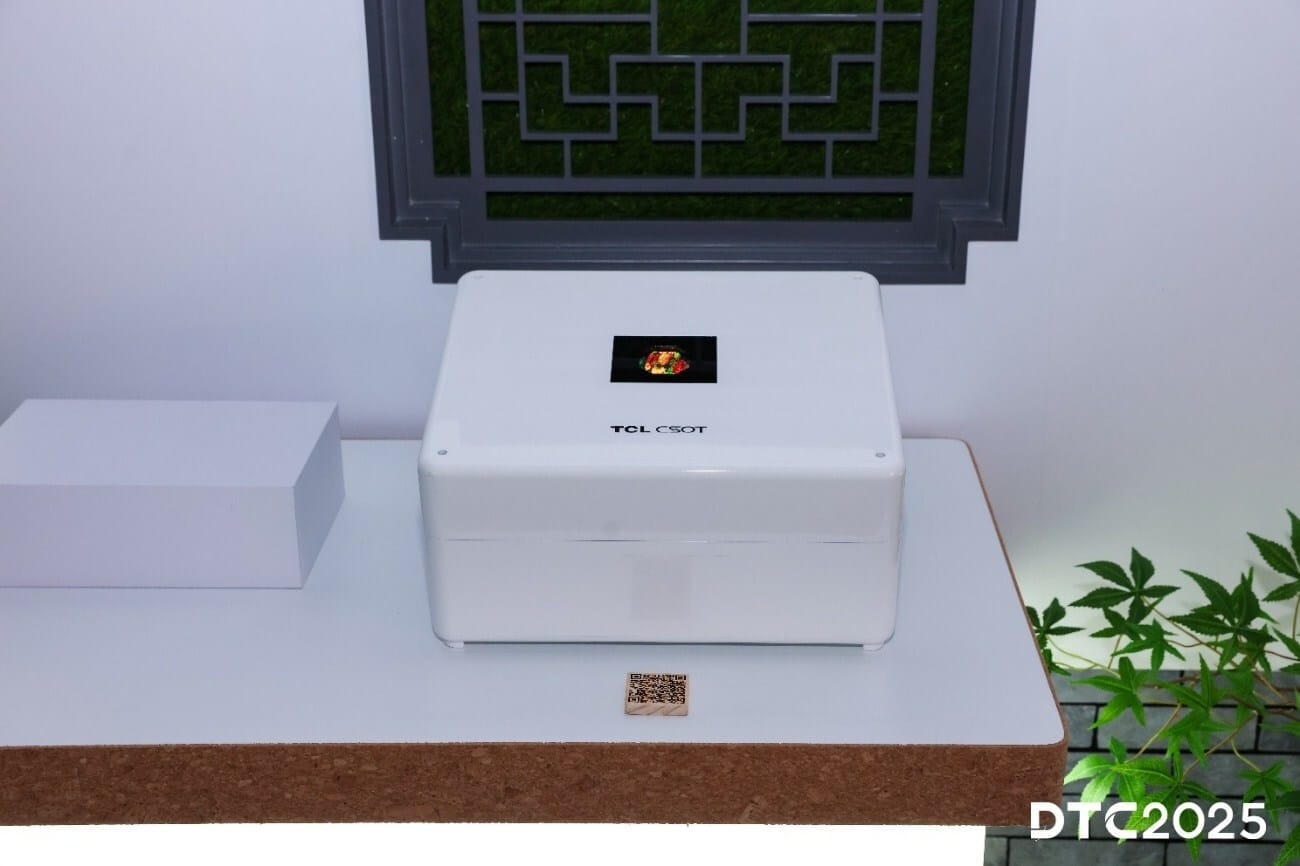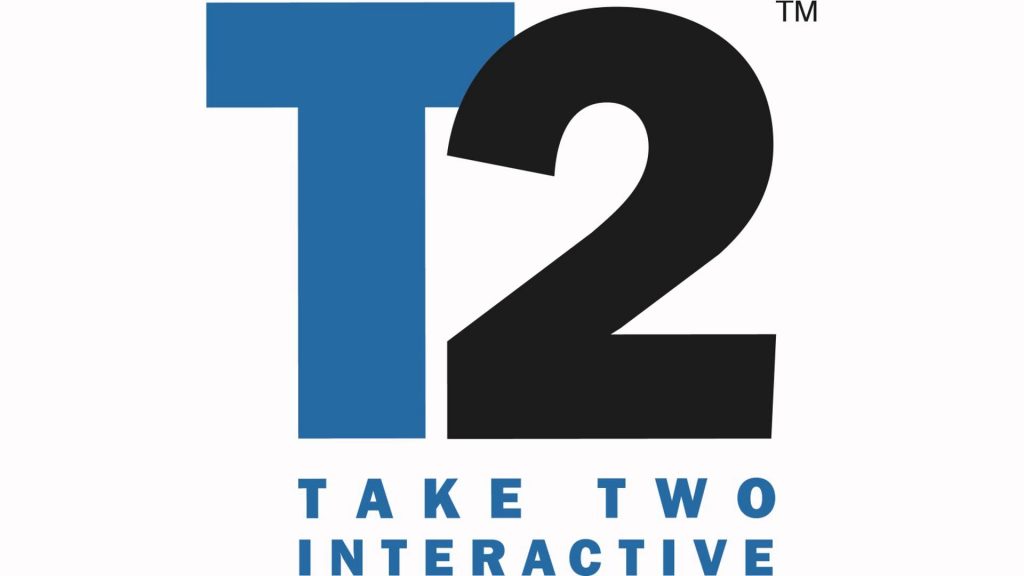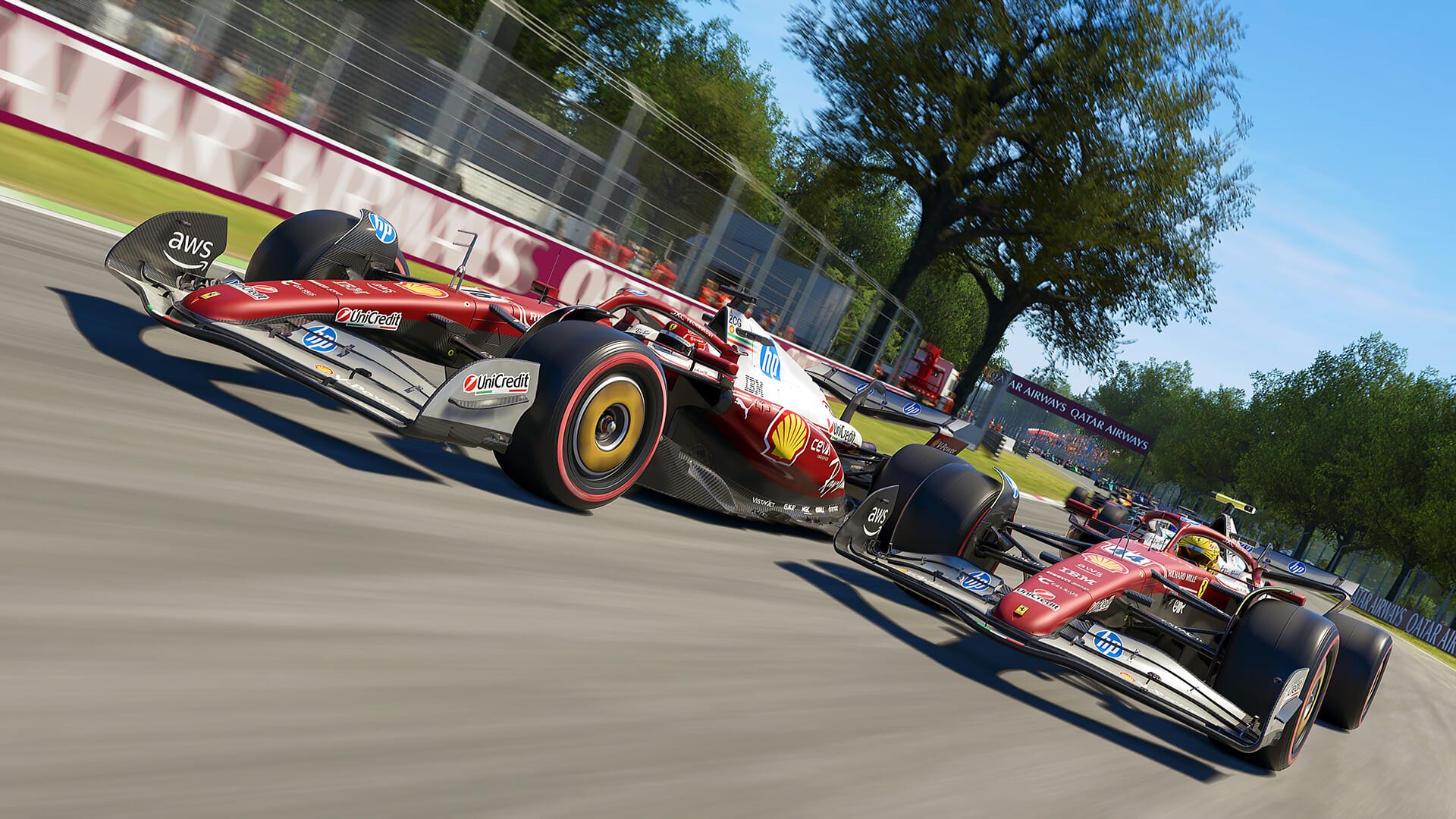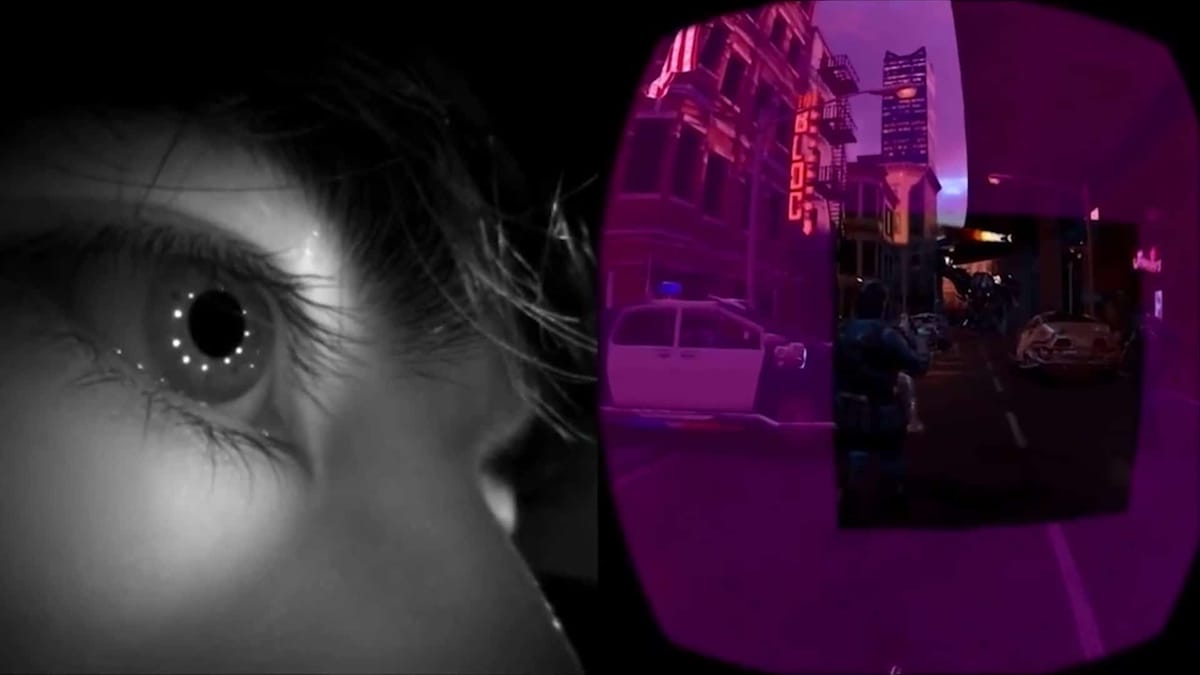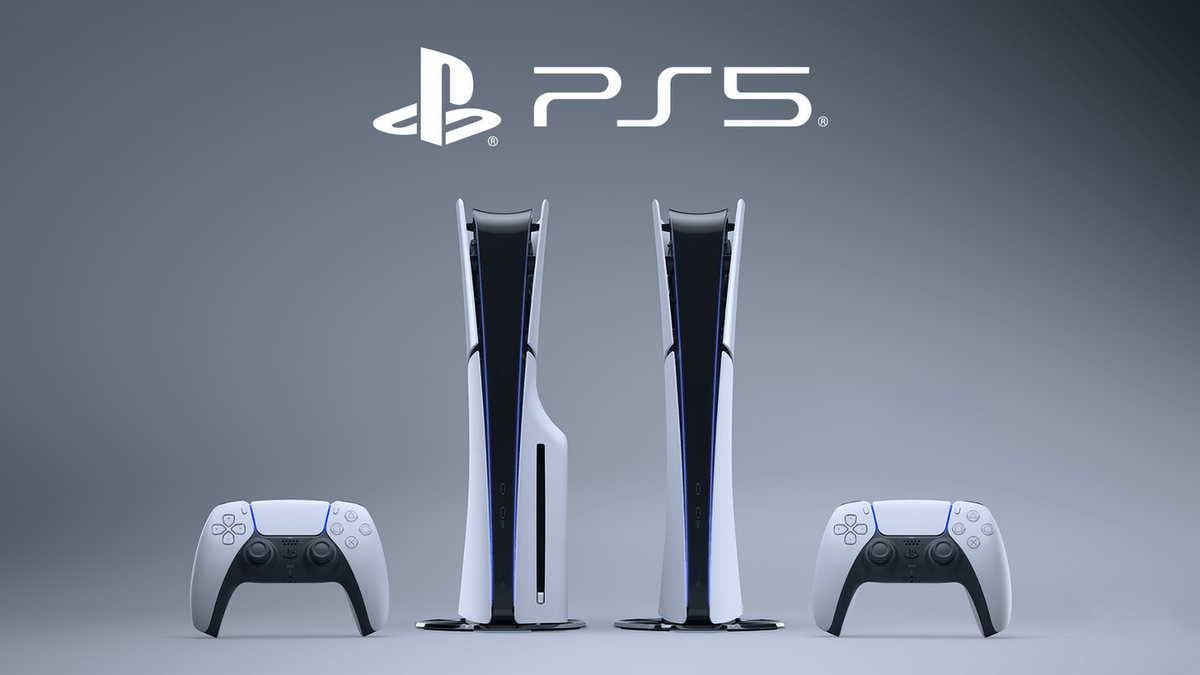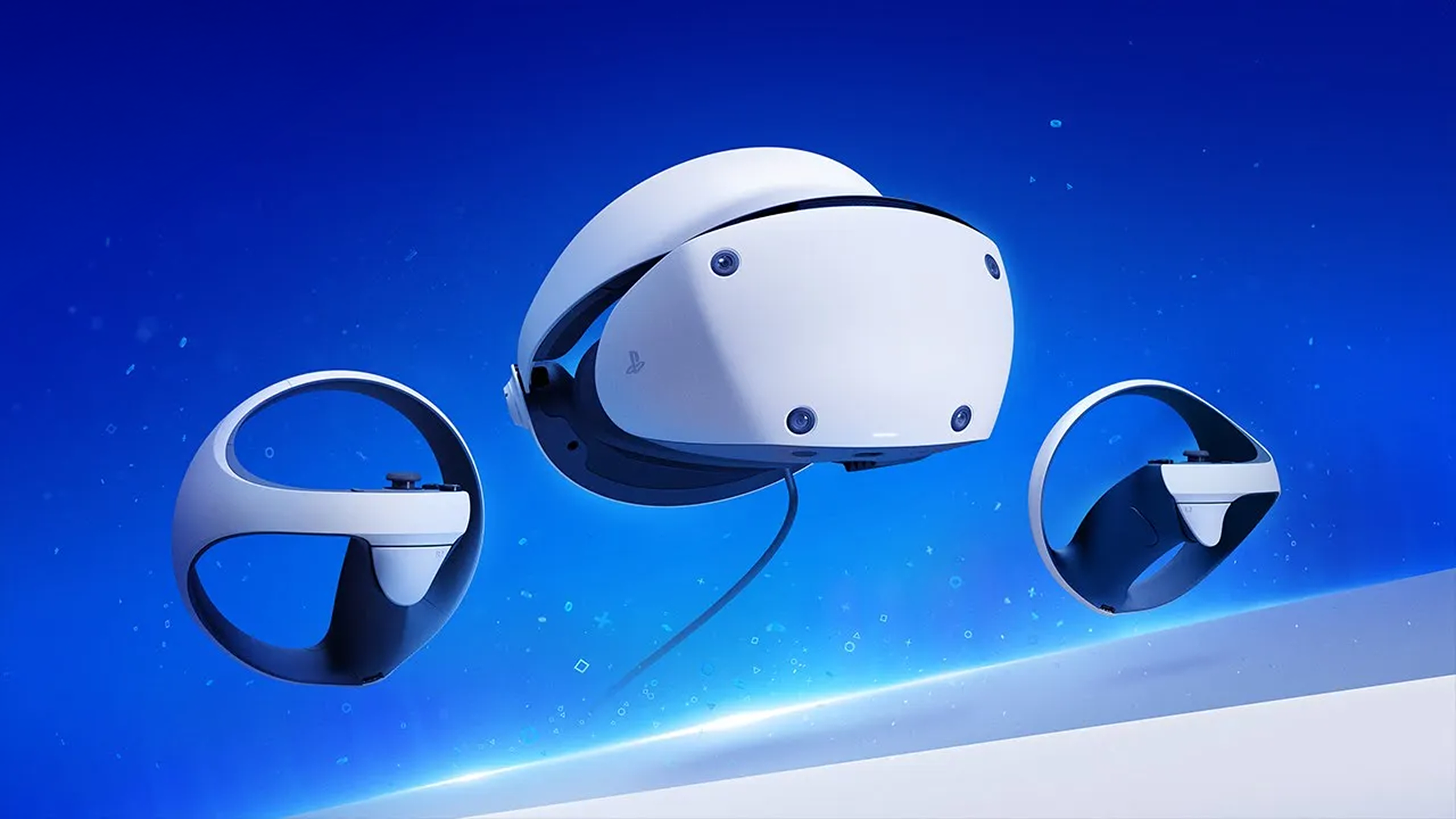TCL's New OLED Could Spawn The Midrange Headsets We All Want
TCL is showing off a compact 2.5K RGB OLED panel for XR headsets that could be the perfect midpoint between cheap LCD and expensive micro-OLED.
Today, almost every affordable headset uses LCD panels, while premium options use micro-OLED, also known as OLED-on-silicon (OLEDoS).
LCD is cheap, but has poor contrast, forming a relatively washed-out image that compresses the darkest details into a gray haze in place of deep blacks. Meanwhile micro-OLED offers vibrant colors with rich contrast, and can achieve extremely high resolution without increasing the bulk of headsets, but is extremely difficult to manufacture and thus expensive.
Some headsets like Meta Quest Pro, the Pimax Crystal series, and Somnium VR1 use advanced LCD panels with a quantum dot layer to enhance colors and an array of mini backlights to improve contrast compared to regular LCD, but the result is still a far cry from the self-emissive nature of OLED, where every pixel provides its own light, while the extra layers increase weight, heat, and power draw.
Of course, there is another viable display technology for headsets between LCD and micro-OLED, one that also offers many of the latter's benefits: regular OLED, also known as OLED-on-glass.
 UploadVRDavid Heaney
UploadVRDavid Heaney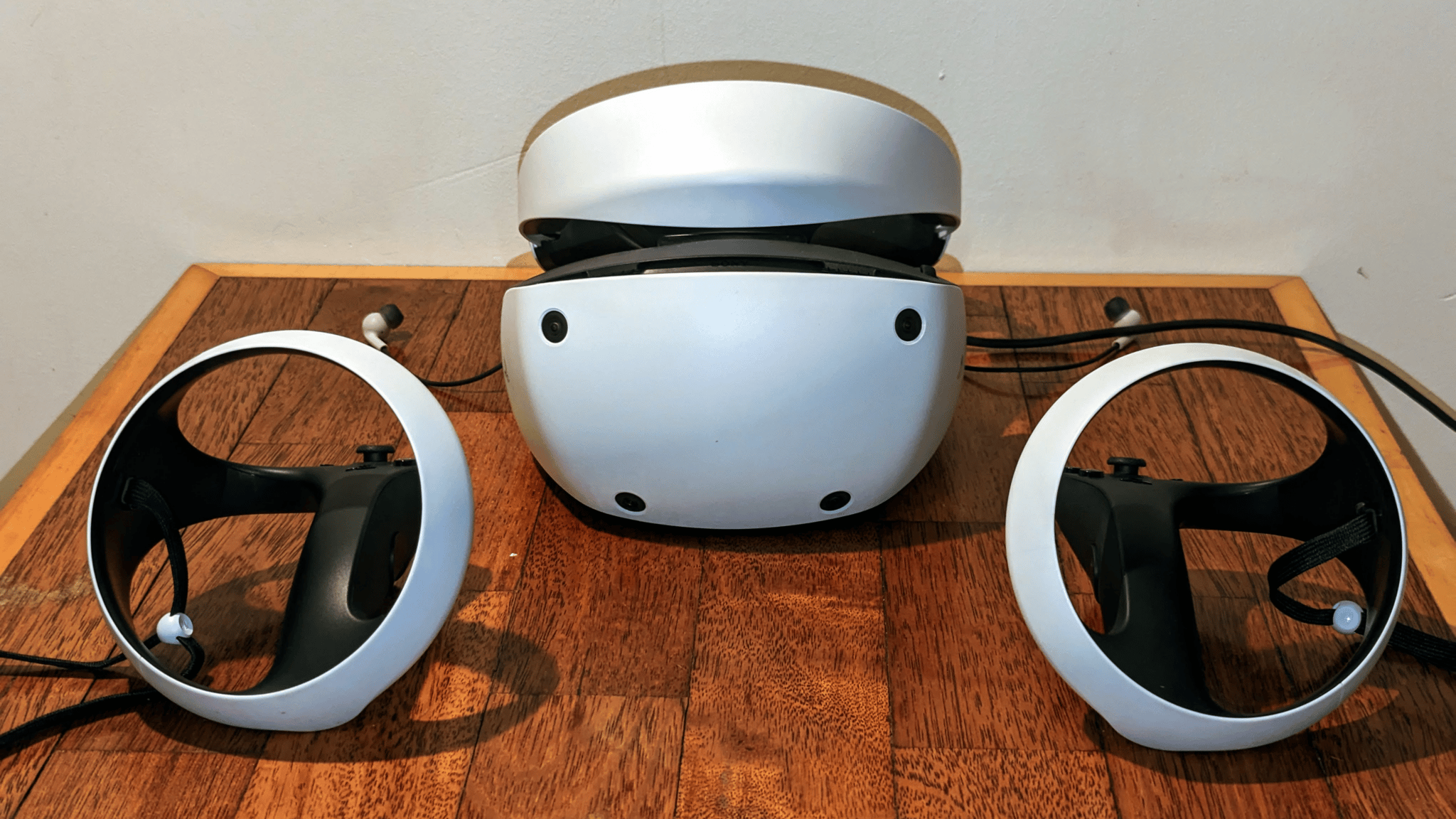
OLED-on-glass is what's used in your smartphone, your smartwatch, and perhaps your TV too. For VR, it was the only game in town between 2014 and 2016, used for the Oculus Rift, HTC Vive, and PlayStation VR.
HTC continued to use OLED in Vive Pro, as did Oculus for the original Quest. But LCD soon offered higher density at lower cost, a killer combination for a market looking to scale up, and so investment in new custom OLED panels to keep up with the extreme density demands of VR mostly dried up within just a few years.
The only regular OLED VR headset still on the market today is PlayStation VR2. And one key reason that it's the only headset from a major company with new fresnel lenses is that when it released, there was simply no OLED with high enough density to be compact enough to be suitable for pancake lenses.
| TCL's New OLED |
PlayStation VR2's OLED |
|
| Size | 2.56-inch | ~3.4-inch |
| Resolution | 2560×2740 | 2000×2040 |
| Subpixels | RGB (3/3) |
PenTile (2/3) |
| Refresh Rate | 120Hz | 120Hz |
| Density | 1512 PPI | >800PPI |
| Suitable For | Pancake Lenses |
Fresnel Lenses |
That brings us to TCL's new OLED panel, which its China Star Optoelectronics Technology (CSOT) division is showing at the Display Tech-Ecosystem Conference (DTC 2025) this week in China.
The company says it's the highest density RGB OLED-on-glass display in the world, while having the 120Hz refresh rate ideal for VR.
It's almost twice as dense as the OLED in PlayStation VR2, while using a full RGB subpixel arrangement, letting it offer 73% more pixels and 160% more subpixels despite being just over half the size.
Its size makes it ideal for use with pancake lenses, its RGB subpixels mean it shouldn't need a softening diffusion layer, and its resolution is notably higher than the LCDs in Meta Quest 3 and Valve's Steam Frame.
Putting it all together, this means TCL's new OLED panel could power clear and sharp headsets with rich colors, deep contrast, and true blacks – but without the sky-high prices you get with micro-OLED. And this could be key to delivering compelling products that sit somewhere between Meta Quest 3 and Samsung Galaxy XR.
 UploadVRDavid Heaney
UploadVRDavid Heaney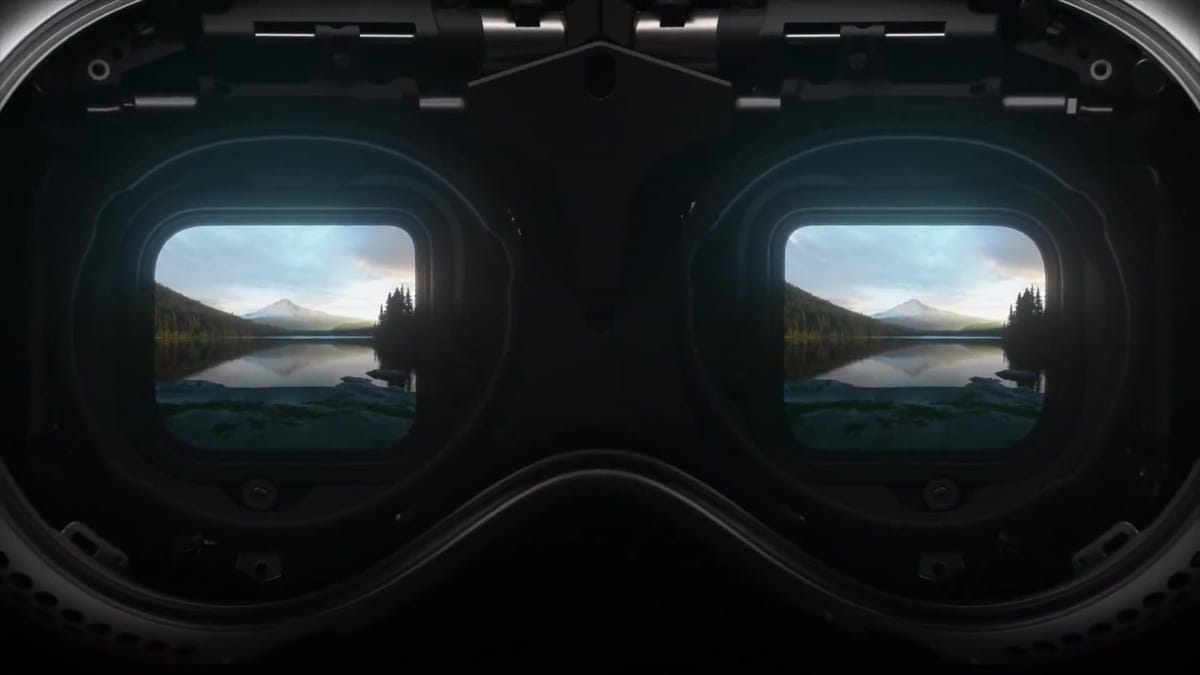
This isn't the first time we've heard about the idea of high-density regular OLED as a way to deliver some of the advantages of micro-OLED but in far more affordable headsets.
Over a year ago, South Korean news outlet The Elec reported that Japan's JDI was pitching Apple a 1500 PPI regular OLED for the rumored "Vision Air" headset, and that Samsung was working on a similar display too.
That's notable because it's almost exactly the same density as TCL's new OLED, and may suggest that TCL too is (or was) pitching the panel to Apple.
For now, TCL isn't saying whether it has any customers for the new OLED, but does confirm that it's designed for "XR devices".
| Type | Resolution | |
| Quest 3 | LCD | 2064×2208 |
| Steam Frame | LCD | 2160×2160 |
| TCL's New Panel | OLED | 2560×2740 |
| Apple Vision Pro | Micro-OLED | 3660×3200 |
| Samsung Galaxy XR | Micro-OLED | 3552×3840 |
A major unanswered question is whether the new panel exhibits the same non-uniform fixed-pattern noise we've seen in many regular OLED headsets like PlayStation VR2, the mura, an issue not present in any micro-OLED we've viewed to date. Overcoming this may be the key to reviving regular OLED as a great option for midrange headsets, so we're incredibly curious to find out whether TCL has done so.
